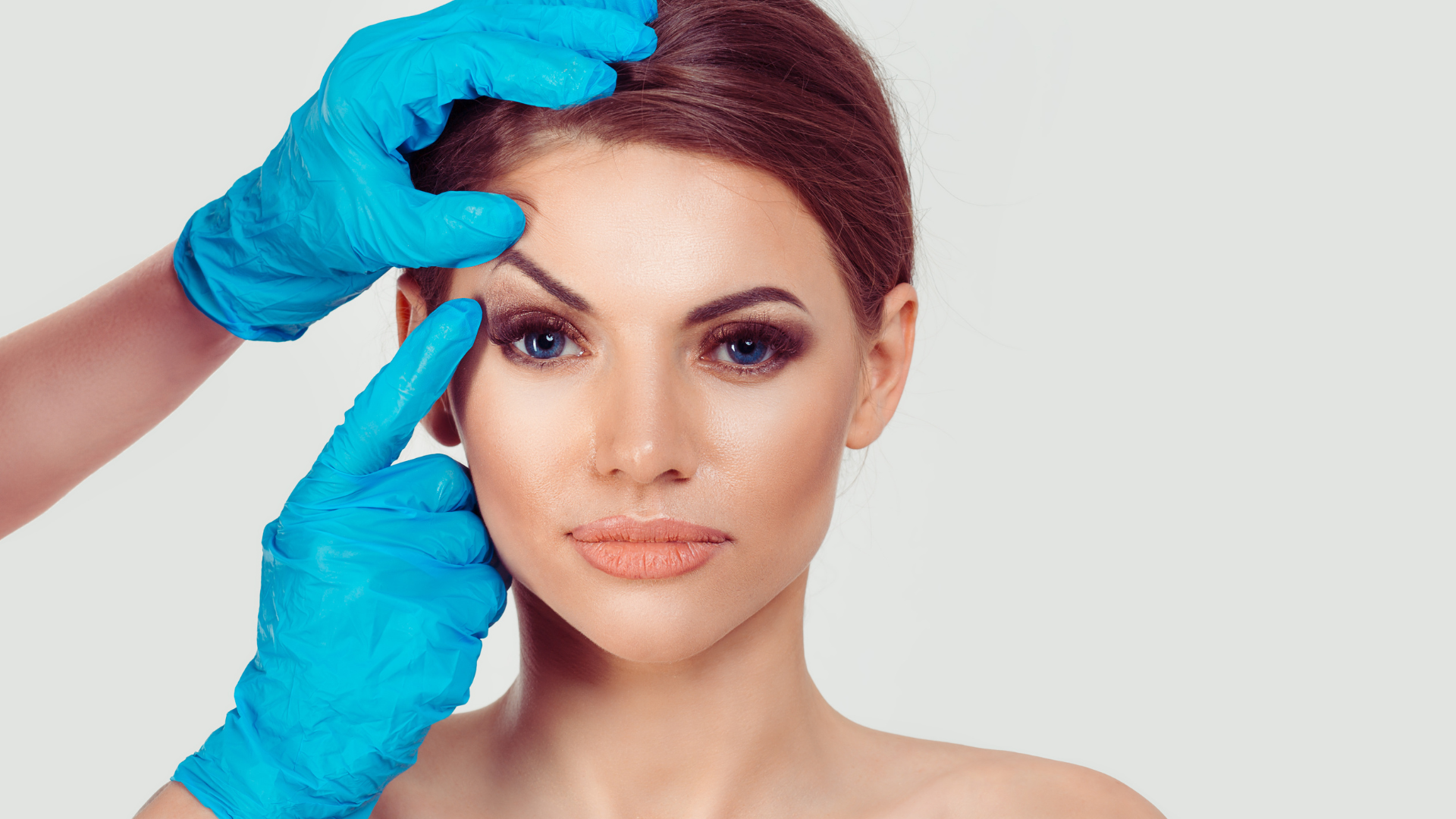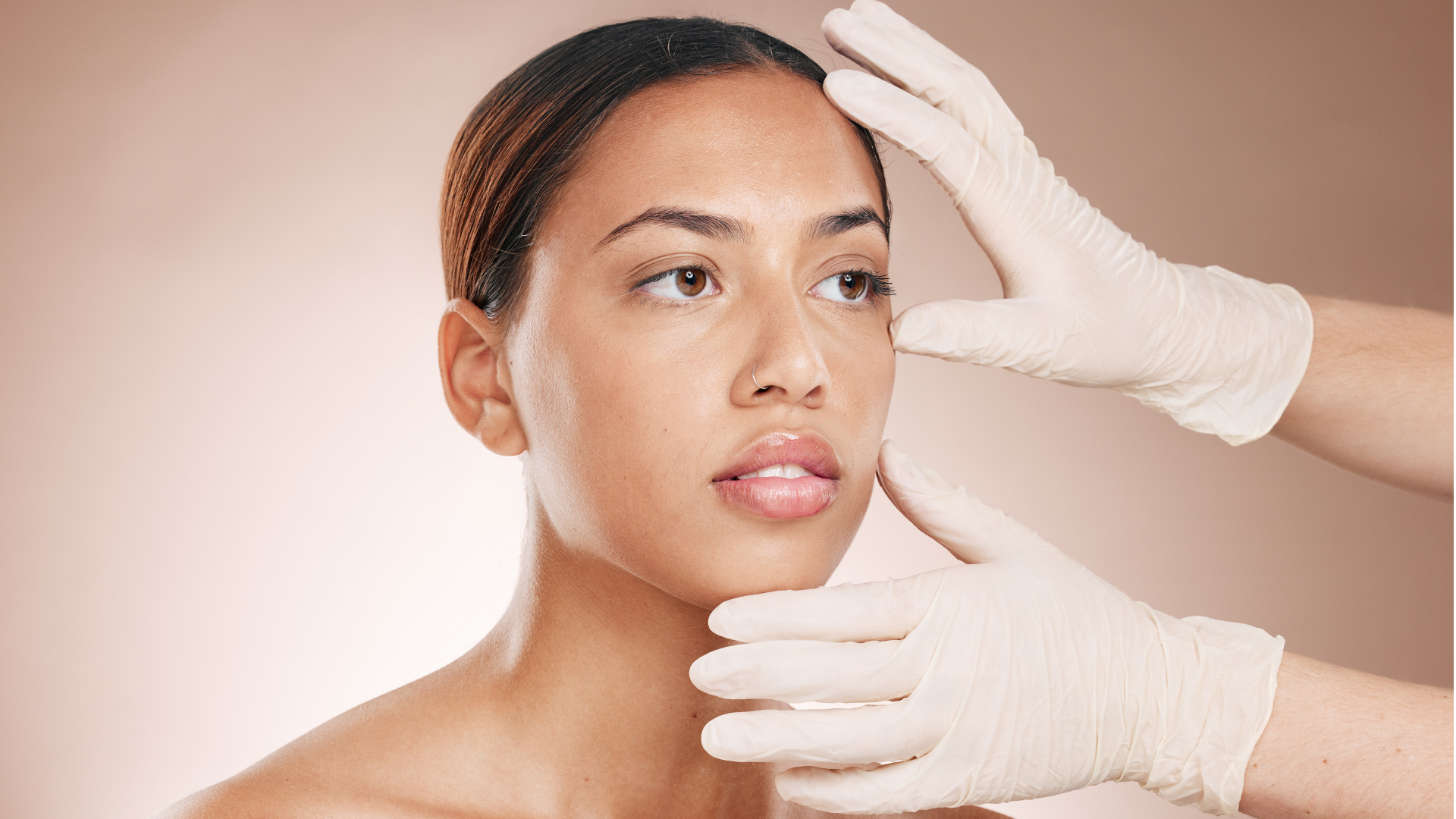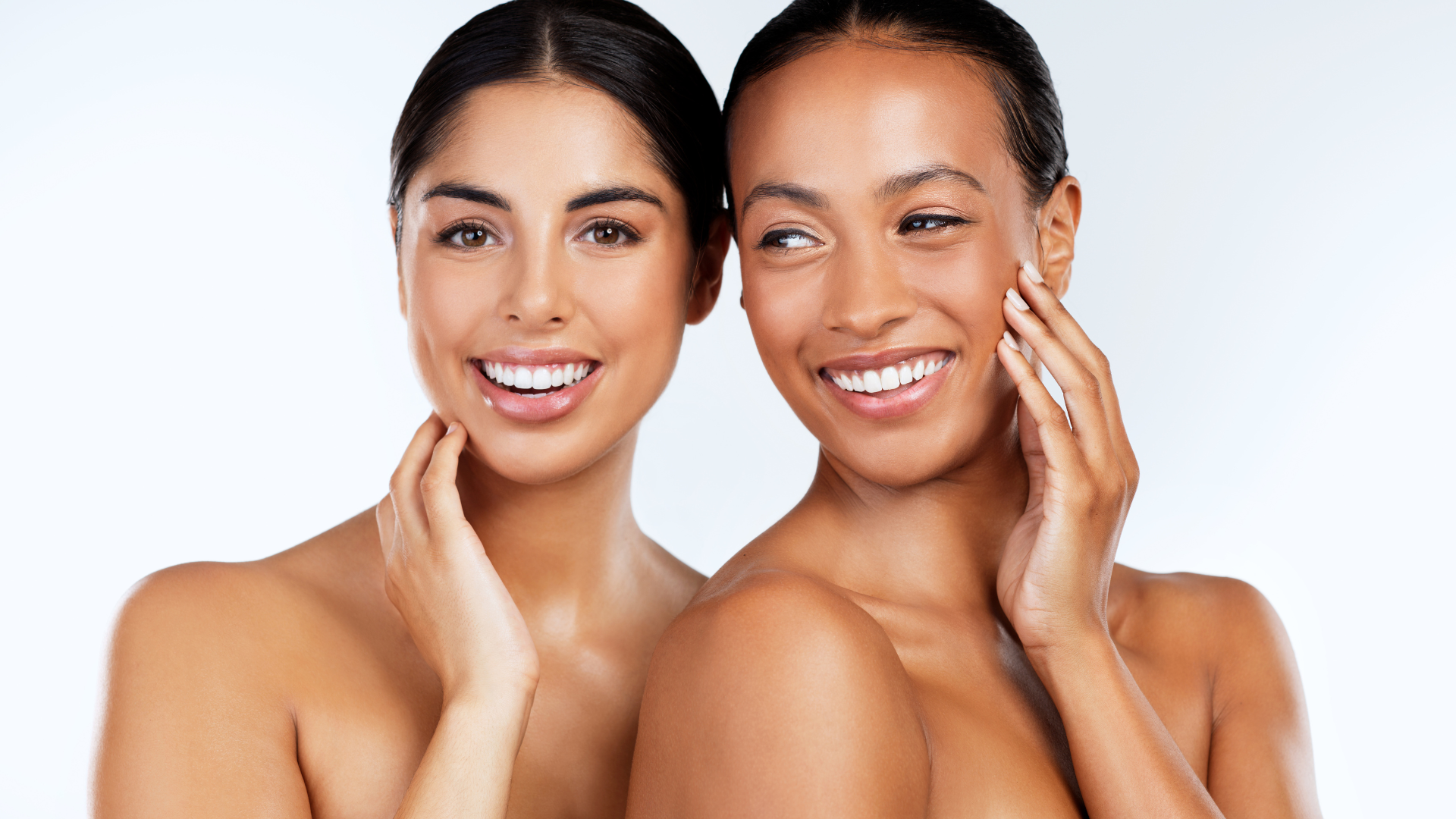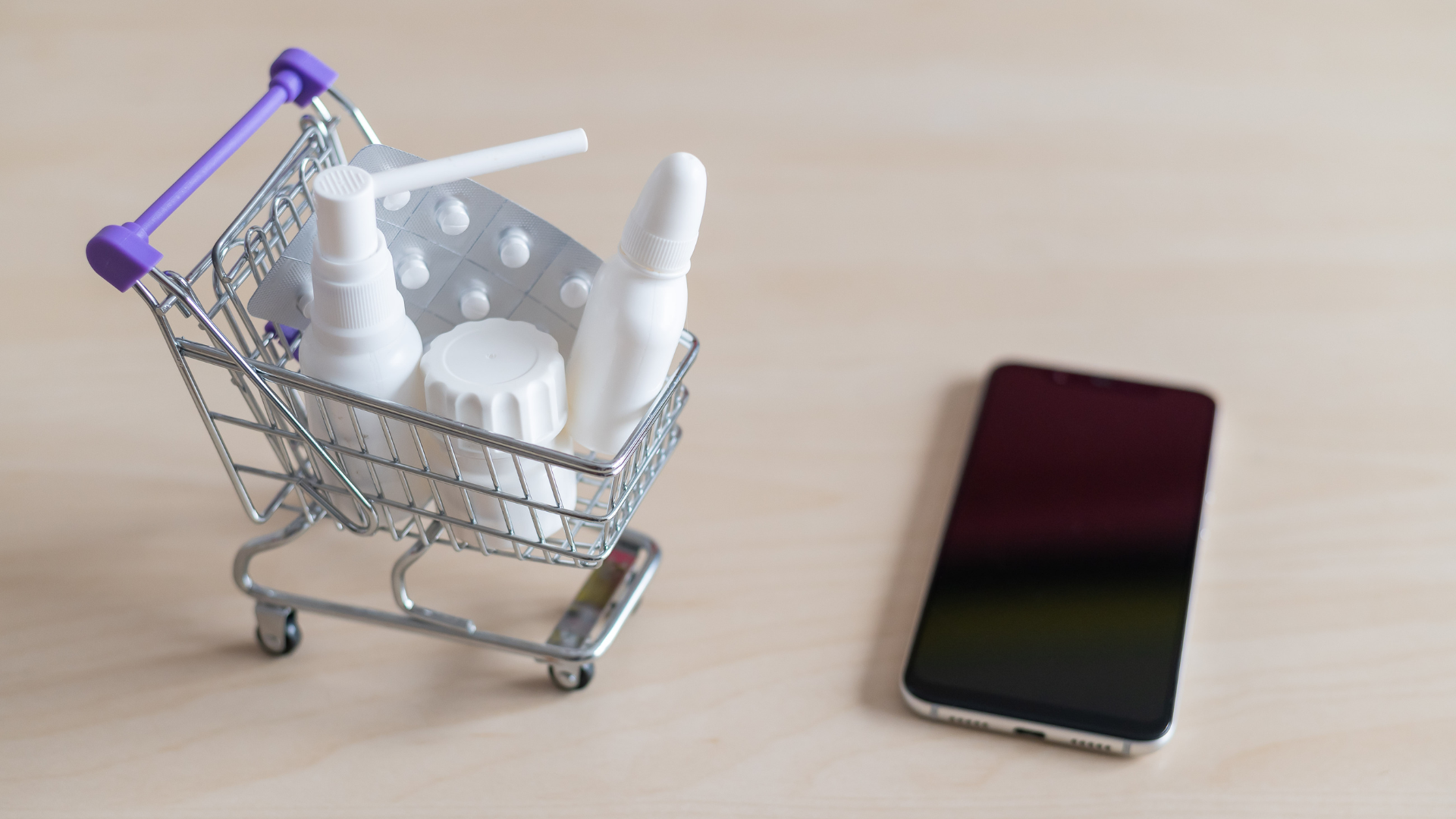
The Ageless Appeal of Botox: How It’s Redefining Beauty Standards
The American Society of Plastic Surgeons’ latest report highlights a growing interest in neuromodulator injections.

The Latest Innovations in Botox: What’s New and Exciting in the World of Injectable Treatments
According to the International Society of Aesthetic Plastic Surgery, Botulinum toxin (Botox) was the top choice for injectable treatment across all age groups and genders worldwide in 2022.

Navigating Botox Guidelines: Understanding the Latest Recommendations for Different Treatment Areas
According to a literature review in 2019, healthcare professionals can trust Botox for its proven safety and effectiveness in delivering individuals’ aesthetic goals.

Botox Good for Health: Surprising Benefits Beyond Wrinkle Reduction
In a significant development in the field of Botox, the US Food and Drug Administration (FDA) has approved ten medical applications of Allergan Inc.’s Botox.

The Evolution of Botox: From Medical Marvel to Cosmetic Craze
According to the American Society of Plastic Surgeons, neuromodulator injections topped the list of minimally invasive cosmetic treatments in 2022.

Botox Skin Tightening: Before and After – Real Results Revealed
RealSelf user ratings reveal that 96% of 2,304 patients found their Botox procedures worthwhile.

Understanding Botox Persistence: Factors That Influence Treatment Duration
The American Society of Plastic Surgeons report in 2022 revealed that neuromodulator injection procedures increased to 73% from 2019.

The Cheek Lift: Exploring Botox as a Non-Surgical Option
According to the Cleveland Clinic, cheek lift procedures are popular among individuals in their 40s and 50s.

Botox vs. Surgery: Which Is Right for Eyelid Lifts?
The American Society of Plastic Surgeons’ recent report highlights eyelid surgery as the fifth most-performed procedure, with over 116,000 operations.

The Role of Facial Anatomy in Natural-Looking Botox Results
Statista reports Botulinum toxin injections as the top non-surgical cosmetic enhancement in 2022.

Busting the Myth: Does Botox Really Work for Everyone?
Over 2,200 RealSelf users who have undergone Botox treatments rated the minimally invasive procedure as worth it.

Streamlining the Botox Buying Process: How Medical Depot Makes it Easy
According to Trustpilot, an online review platform, Medica Depot garnered an overall 81% five-star rating from its customers.